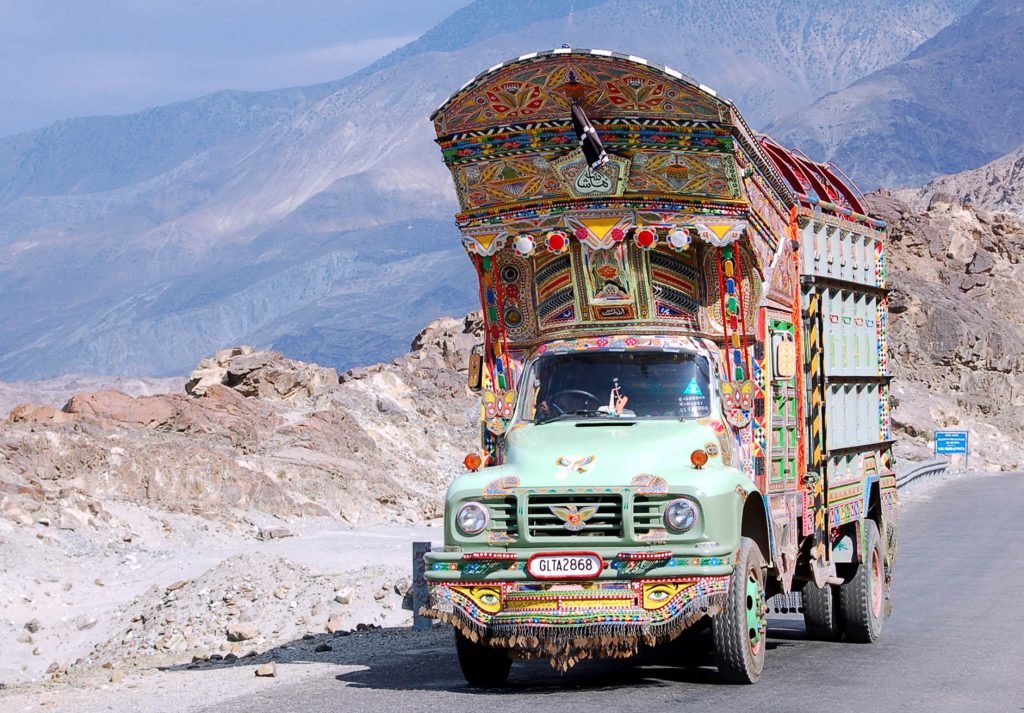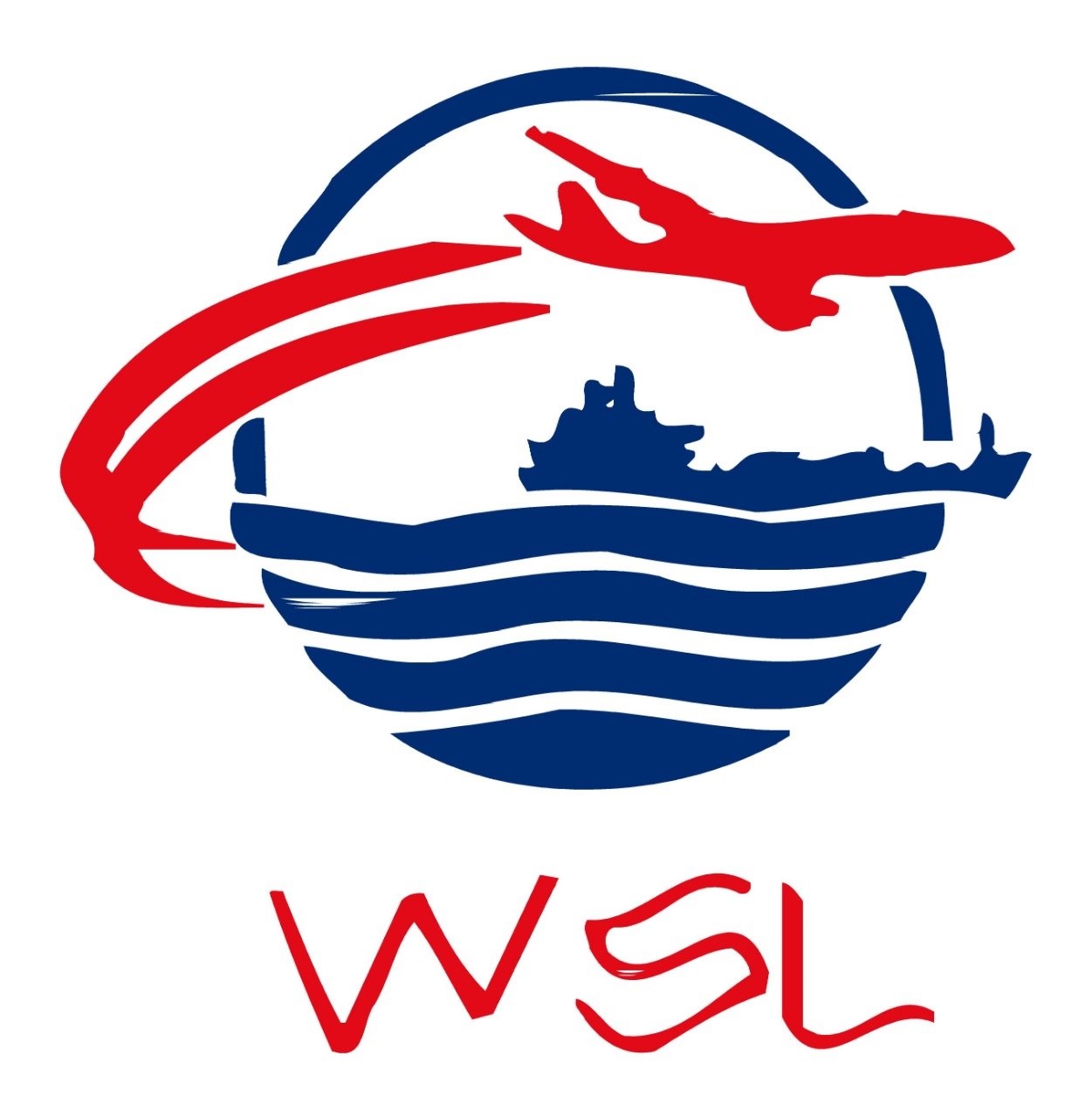Overview of Country Profile
Pakistan, officially the Islamic Republic of Pakistan is a sovereign country in South Asia. Bounded by a 1,046-kilometre (650 mi) coastline along the Arabian Sea and the Gulf of Oman in the south, it is bordered by India in the east, Afghanistan in the west and north, Iran in the southwest and China in the far northeast, while Tajikistan is separated by the narrow Wakhan Corridor in the north.
In addition, Oman shares a marine border with Pakistan. Strategically, Pakistan is situated at the crossroads of the important regions of South Asia, Central Asia and the Middle East.

Pakistan is a rapidly developing country. Pakistan has been listed among Next Eleven, the eleven countries that along with the BRICS have a high potential of becoming the world’s largest economies in the 21st century. The economy is semi-industrialized, with the growth poles situated along the Indus River. Diversified economies of Karachi and Punjab’s urban centers coexist with lesser developed areas in other parts of the country.
Pakistan’s estimated gross domestic product (nominal) as of 2017 is US$ 305 billion. The estimated nominal per capita GDP is US$ 1,197, per capita GDP PPP US$ 2,851 (international dollars) and debt-to-GDP ratio is 55.5%. Pakistan is the 27th largest in the world in terms of PPP and the 45th largest in nominal terms. The economy of Pakistan is South Asia’s second largest economy; representing about 15 percent of regional GDP.
Key Information About Pakistan
- 47th largest economy
- 27th largest Purchasing Power Parity – PPP
- 6th Largest Populated Country / 2.55% of World Population
- 2nd Largest most populated city is Karachi
- 10 mountains are from Pakistan from world top 25 highest mountains list
- 2nd highest mountain K-2 is in Pakistan
- 8th Largest Exporter of Textile Product Exporter
Ports & Shipping
More than 95 percent of the total freight trade of Pakistan is seaborne. There are three major Seaports in Pakistan:
Karachi Port
The Port of Karachi is Pakistan’s largest and busiest seaport, handling about 60% of the nation’s cargo (25 million tons per annum). It is located between the Karachi towns of Kimari and Saddar, close to the main business district and several industrial areas. The geographic position of the port places it in close proximity to major shipping routes such as the Strait of Hormuz. The administration of the port is carried out by the Karachi Port Trust, which was established in the nineteenth century.
Karachi Port is handling about 14.0 million tons of liquid cargo and 12 million tons of dry general cargo, including 738,000 TEUs containers. The total port area is 100 hectares and an additional 60 hectares is available in close proximity of the port for storage of goods.
Karachi Port Trust (KPT) has formulated/ launched a number of projects which are in different stages of planning, tendering & execution to increase the liquid cargo handling capacity deeper depths to accommodate deep draft to improve & ensure harbor depth & expeditious handling of containers. Karachi Port has two integrated container terminals:
Port Muhammad Bin Qasim
Port Qasim is Pakistan’s first industrial and multi-purpose deep sea port. Located in Indus delta region at a distance of 50 km South East of Karachi, the port is well connected to all over the country through modern modes of transportation and has been playing an important role in the economic uplift of the country.
Port Qasim offers conventional functions of cargo handling coupled with provision of land for setting up import based and export oriented industrial and commercial undertakings at vast expanse of 12,000 acres of land above high water mark.
Gwadar Port
Gwadar Deep Water Port has just been constructed as the third port of Pakistan. Situated on the Baluchistan Coast, it is about 460 km from Karachi and 120 km from the Iranian border. Gwadar Port at the tip of Straits of Hormuz/ mouth of Persian Gulf, has the potential to become a regional hub, an alternate to Gulf Ports and also a vital link to China & CARs, thus, attracting the transit and transshipment trade.
The Gwadar Port Project has been envisaged to be completed in two phases. Marine works of Phase-I have been completed, however, civil works are likely to be completed by September 2005, and Phase-II has been planned to be given to the private sector on BOO/BOT basis.

